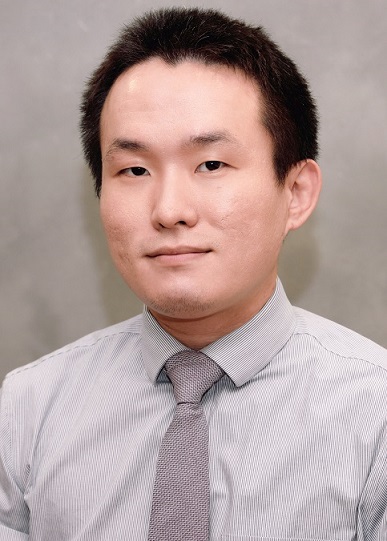Program Information
Iterative Optimization of Relative Stopping Power by Single Detector Based Multi-Projectional Proton Radiography
R Zhang*, G Sharp , K Jee , C Finley , E Cascio , J Flanz , H Lu , Massachusetts General Hospital, Boston, MA
Presentations
SU-F-601-5 (Sunday, July 30, 2017) 2:05 PM - 3:00 PM Room: 601
Purpose: In proton radiotherapy, range uncertainties induced by the CT-HU to relative stopping power (RSP) conversion compromise the precise dosimetry and dose delivery. This study investigates a novel method of optimizing the RSPs of individual voxels iteratively to reduce these uncertainties based on multi-projectional proton radiography (pRG) acquired using an X-ray fluoroscopy flat panel imager.
Methods: An amorphous silicon flat panel imager was placed behind the Gammex tissue characterization phantom to measure the dose delivered in time, i.e. dose rate function (DRF), from a proton beam modulated by the modulator wheel. By rotating the phantom, data were acquired at projection angles from 0 to 360 degrees with an increment of 2 degrees. For each projection angle, the image of water equivalent path length (WEPL) was derived from calibration models based on quasi-unique statistical features of the DRF. CT of the phantom was acquired and co-registered with the pRG acquisition coordinates. The RSP of individual CT voxel was optimized iteratively by minimizing the difference between the measured WEPL through pRG and the calculated WEPL by ray tracing with HU converted RSPs. Pixels in the measured WEPL images exhibiting severe proton range mixings were eliminated for the optimization. Regulations were applied based on the assumption that the HU converted RSPs are inaccurate, but within a few percent.
Results: RSPs were iteratively optimized by minimizing differences between pRG-measured and CT-estimated WEPLs. While ~80% of WEPL pixels in all projections were rejected due to severe range mixings, RSPs in >90% CT voxels could still be optimized. For the Gammex phantom, the discrepancies of the HU-converted RSPs w.r.t. the reference values were reduced from a range of -8% ~ +4% to ±2%.
Conclusion: This study proved the concept of optimizing RSPs of individual CT voxels with multi-projectional pRGs acquired by a single flat panel imager.
Contact Email:
